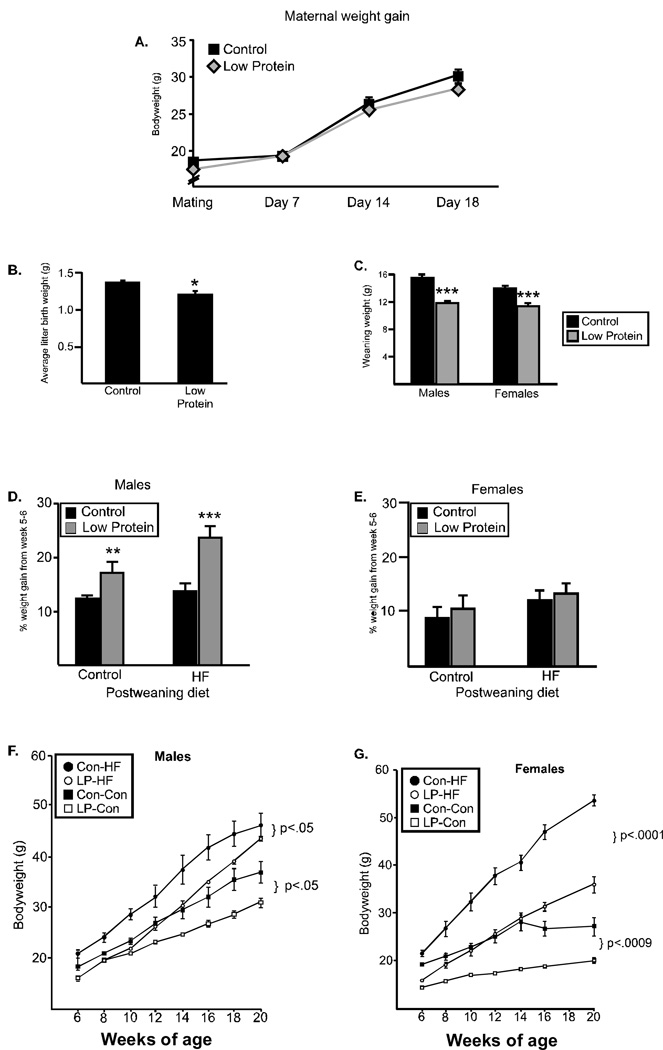Figure 1. Dam and offspring weight gain.
(A) Maternal weight from the time of mating through 18 days of pregnancy did not differ between dams fed the low protein diet (gray diamond) and dams fed the control diet (black square). (B) Average litter birth weight was significantly reduced when dams were fed the low protein diet. (C) Weaning weight for both males and females was significantly lower in offspring from dams fed the low protein diet (gray) as compared to control offspring (black). (D) Percent weight gain between weeks 5 and 6. Males from low protein pregnancies gained significantly more weight than controls, however, the rate of weight gain for females (E) did not differ between groups (*p<.05, **p<.008, ***p<.0005). Offspring weight gain over time in males (F) and females (G). Offspring from dams fed the low protein diet during pregnancy and lactation (gray) weighed less than controls (black) regardless of postweaning diet (control diet (squares) or high fat diet (circles)).

